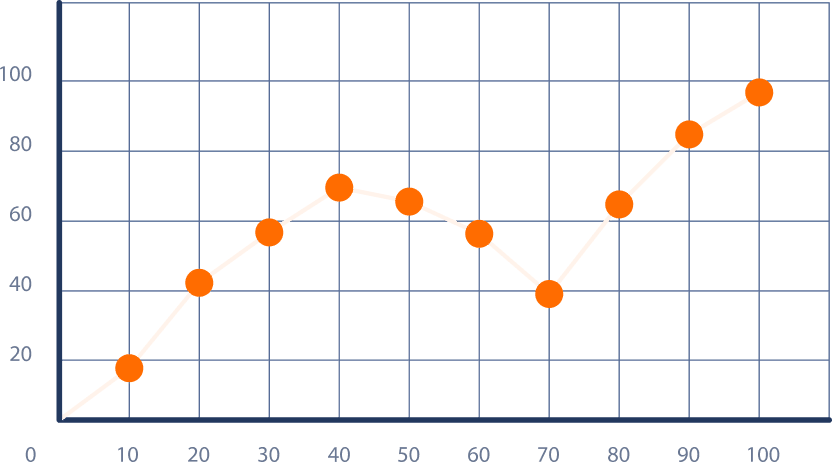
Why This Guide Matters
Many organizations invest in POCUS hoping for better outcomes, faster decisions, and lower costs. But without the right system, those investments fall short.
POCUS isn’t just a device—it’s an ecosystem.
The 5 Pillars of a Thriving POCUS Ecosystem
Technology
Education
Workflow
Quality Assurance
Sustainability

The Results You Can Achieve
Diagnostic accuracy across emergency conditions
POCUS demonstrated 96.6% diagnostic accuracy for cardiac, thoracic, abdominal, and vascular conditions in emergency departments, with diagnostic accuracy improving from 45-60% to 80-89% when combined with clinical information for undifferentiated shock patients.
Resources:
Faster time to diagnosis (24 min vs 186 min)
POCUS significantly reduced time to diagnosis from an average of 186 minutes with traditional methods to just 24 minutes, representing an 85% reduction in diagnostic time for dyspneic patients in emergency departments.
Resources:
Average minimum cost savings per patient per 8-hour shift
Harvard study found POCUS eliminated $1,134 in additional testing costs for privately insured patients and $2,826 for uninsured patients per 8-hour emergency department shift, with median overall investigation savings of $70 per patient.
Resources:
Reduction in total hospitalization costs
The POCUS-CARE Trial (published in JAMA Network Open) demonstrated a 50% reduction in direct hospitalization costs for heart failure patients, with 2-day shorter hospital stays and $3,055 saved per bed-day of capacity created.
Resources:
Build a Sustainable Ultrasound Program That Lasts
Get the POCUS Billing Implementation Guide and learn how to move from isolated efforts to a thriving, organization-wide POCUS ecosystem.


Ready to Transform Your POCUS Program?
Let's get started on your next steps!
"*" indicates required fields






